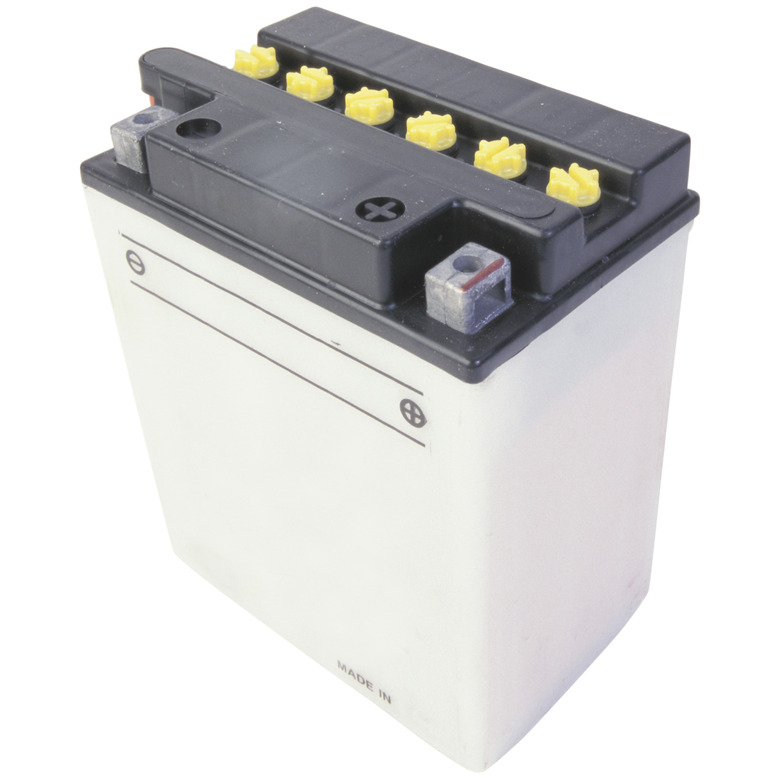Hooking Up A 45-Watt Solar Panel Battery
The solar array, the charge controller and the battery are the three basic connection points of many solar power systems. The charge controller protects the battery from any power fluctuations of your 45-watt solar panel. The specifications of the battery itself will vary based on your power needs. Finally, you must connect your battery to a power inverter if you need to provide alternating current power to any devices.
Solar Panel Configuration
Individual solar cells produce roughly 0.5 to 0.6 volts. Solar cells wired in series add their voltage. Solar cells wired in parallel add their current. Different wiring configurations, therefore, yield different voltage and current pairings. Because power equals voltage times current, you can construct a solar array for any number of power values. A number of different cell configurations provide 45 watts of power, though many solar panel modules are manufactured with 36 cells in series.
Panel Output
Power from a solar panel fluctuates daily, depending on both the sun's position and weather conditions. This fluctuation results in changes of output voltage. Because of these fluctuations, choose a solar panel power rating well above your minimum needs. In this way, you will get the necessary power from your system, even on a bad day. If you need to power a 12-volt battery, your solar panel array should be able to provide more than 12 volts. The standard 36-cell panel configuration will provide roughly 18 to 21 volts.
Charge Controller
If the voltage output of your panel module fluctuates too much, it can damage any batteries or components to which it is connected. Therefore, most solar power setups use a charge controller between the panel and the battery. A charge controller regulates the voltage and current supplied to the battery. This can prevent battery overcharging and will keep all components of the system safe and functioning at expected values.
The Battery
The recommended battery type for solar power systems is the deep cycle battery. Deep cycle batteries can withstand a higher number of power drains than other rechargeable battery types. A battery is rated by both its voltage and in ampere-hours. For a 45-watt solar panel system, a 12 volt battery will suit most applications. Amp-hours denote the usage of current over a period of time. This is a way of representing the capacity of the battery. A 40-amp-hour battery could supply 2 amps of current for 20 hours, for example. The ideal amp-hour rating of your battery depends on the expected use of the battery. If you are using the battery for heavy loads, a higher amp-hour rating is typically better. While charging a battery, you should supply it with current of roughly one-tenth its amp-hour rating. For example, the charging current supplied to a 40-amp-hour battery should be around 4 amps.
Inversion
Solar panels and batteries produce direct current power. If you are sending power to standard electrical outlets, you need to use alternating current. An inverter converts direct current to alternating current power. The inverter should be hooked up after your battery, but before the power reaches any alternating current devices. While your battery provides power at 12 volts, transformers inside the inverter can boost this power to standard alternating current levels, such as 120 volts.
Cite This Article
MLA
Murmson, Serm. "Hooking Up A 45-Watt Solar Panel Battery" sciencing.com, https://www.sciencing.com/hooking-up-45watt-solar-panel-battery-12304218/. 24 April 2017.
APA
Murmson, Serm. (2017, April 24). Hooking Up A 45-Watt Solar Panel Battery. sciencing.com. Retrieved from https://www.sciencing.com/hooking-up-45watt-solar-panel-battery-12304218/
Chicago
Murmson, Serm. Hooking Up A 45-Watt Solar Panel Battery last modified March 24, 2022. https://www.sciencing.com/hooking-up-45watt-solar-panel-battery-12304218/
